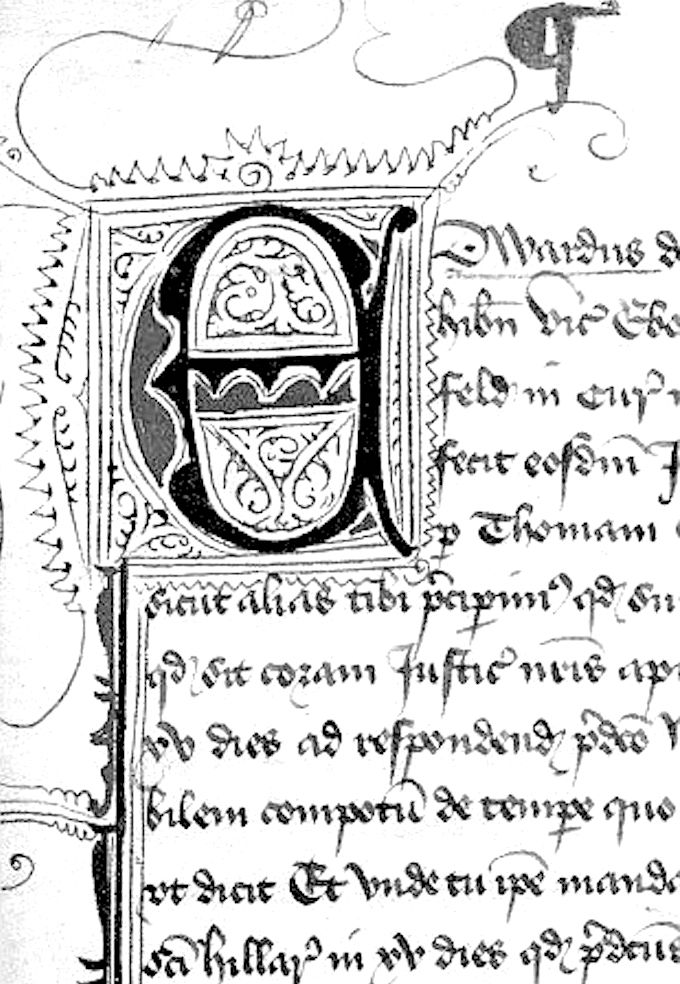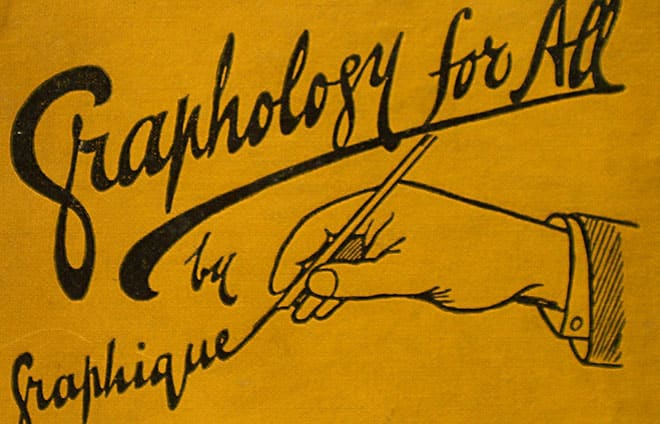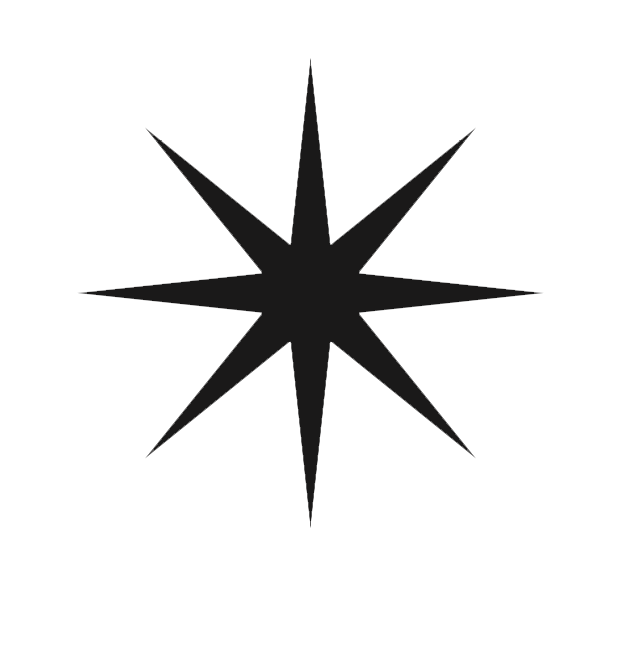
Graphological analysis
Graphological analysis. Discover your personality through your writing.
Handwriting reveals personality. One-of-a-kind analysis based on your handwriting comes with an authenticity certificate. All the cunsultant’s infos need to be provided by email after your purchase.Handwritten notes can keep track of your daily to-dos or your gratitude lists, but the way you form and space your letters can also reveal a lot about who you are, at least according to graphology, or handwriting analysis.The graphological analysis can be translated in every languages. Should be an exclusive and vibrant gift.
∞ Please allow one week for email delivery. ∞
160 EURO

about the master
claudia dander
Claudia Dander, born in Bressanone (1950), graduated in Foreign Languages and Literature (Verona 1973). You have taught literary subjects in various secondary education institutions in the province of Bolzano. From 1976 to 1984 you worked as a programmer director at the Rai branch in Bolzano. In 1994 you acquired the diploma of graphologist consultant with specialization in couple and family graphology at the University of Urbino. Until 2017 she was President of the Bolzano offices of the Italian Graphological Association and until this year she was a professor of Technique and Methodology at the Morettiana Graphological School of Verona. She is the author of several articles in European graphological journals, she is the host of numerous courses and seminars and speaker at national and European conferences.
ABOUT GRAPHOLOGY

Is there any merit to it? Many consider graphology a pseudoscience, but the practice often imparts findings on courtrooms, hiring offices, and police stations. “Every letter symbolizes something to do with what’s going on in your mind,” says graphologist Michelle Dresbold, author of Sex, Lies, and Handwriting. “People think handwriting analysis is like voodoo or tea leaves; it’s not. It’s body movement from your brain. It’s very logical.”
If you’re tempted to put your handwriting under the microscope, we consulted Dresbold and fellow graphologist Paula Sassi of Handwriting Consultants International for their top profiling tactics.
Before you read on, take out a blank sheet of paper and write down a few words. Make sure you have a mix of letters, including ones that require you to lift your pen off your paper to complete (like Is and Ts). Make sure you write them the way you’d write a normal sentence, since the spaces between words and letters also matter. End with your signature. Once you’re finished, read on.
Graphology is a technique that allows us to become knowledgeable of ourselves and also explore those who surround us. Through the study of letters called graphological analysis, it is possible to study patterns of writing that identify the psychological state of a person and to evaluate the characteristics of their personality. It is an economical method, fast and exact.
It is applied as a complementary graphical projective technique of psychology in order to detect slight or profound conflicts and to contribute to diagnosis and follow up. It is also applicable to other areas such as medicine, psychiatry, law, criminology, education and personnel selection in companies.


Graphology Basics. The object of study of graphology is handwriting. The act of writing is a complex one that involves three different mental processes. The visual, through eye-sight, the motor, through fine motor skills that are required to move the pen over the sheet of paper and the cognitive-perceptive process that makes thinking flow from the mind to the written words. Writing is used with the purpose of communicating, expressing and is the graphical record of the conscious content (intentional) and subconscious (latent) of the writer.
Writing is not genetic. It needs to be transmitted. Sumerians created cuneiform writing in old Mesopotamia on clay boards. From there, the human brain has generated a wonderful network of processes of association of the visual areas with those representations that contribute with information to the meaning process.
Each one of these zones of writing corresponds to a meaning associated to graphic symbology of space. When analyzing a text we shall observe whether the writing is aligned to the right, due to a large left margin or little right margin, or to the left. When aligned to the right, it will reflect an advance to the future, towards others, a person with initiatives, and predominance of extroversion.
You can analyze your writing according to form, pressure, size, slant, zones (upper, middle and lower zones), t bars, layout (margins and spaces between letters, words andlines)



